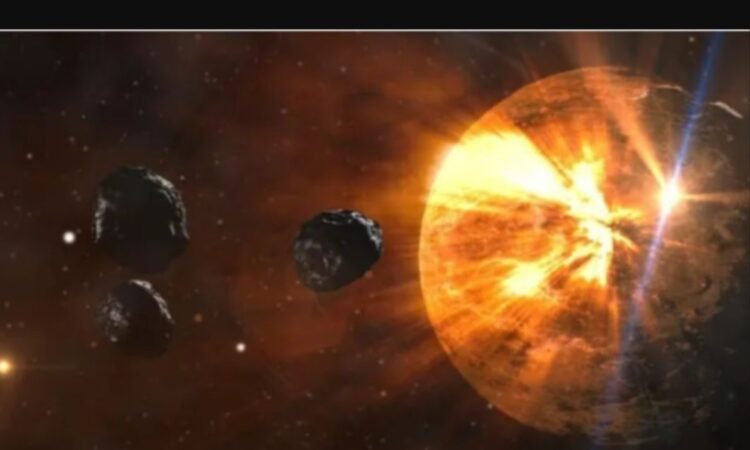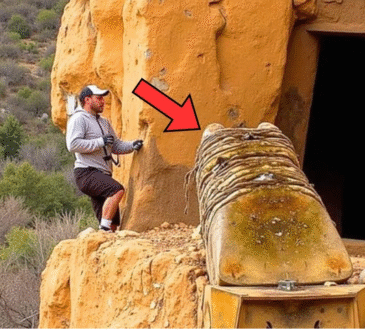
Scientists have different thoughts about how the world might come to an end, and they’ve suggested several possibilities. One of the most discussed is climate change. As the Earth gets warmer, we’re seeing more extreme weather like stronger hurricanes, longer droughts, and heavier floods. These changes can make it harder for animals, plants, and even humans to survive, setting off a chain of problems that could threaten life across the planet.
A big part of the issue is the rise in greenhouse gases, such as carbon dioxide. These gases trap heat in the atmosphere, causing the planet to warm up. This warming is already melting ice in the Arctic and Antarctic, raising sea levels, and putting coastal cities at risk of flooding. On land, the shifting climate is making it harder to grow food and live comfortably in some areas, which could lead to hunger and displacement for millions of people.
Another worry is that we’re using up natural resources faster than we can replace them. Clean water, fossil fuels, and important minerals are all being consumed at a rapid pace. If we don’t find smarter, more sustainable ways to use what we have, we could face serious shortages. This might lead to tension between countries, economic problems, and suffering around the world.
Some scientists are also concerned about future diseases. The COVID-19 pandemic showed how a single virus can disrupt the entire world. If an even more dangerous and uncontrollable disease were to spread, it could have devastating effects on global health, economies, and everyday life.
There’s also the risk of sudden natural disasters. A giant asteroid crashing into Earth could cause massive destruction—explosions, earthquakes, tsunamis, and so much dust in the air that sunlight gets blocked out. That could trigger climate changes and wipe out many forms of life. A supervolcano could cause similar damage, releasing ash and gas that darken the sky and make it hard for crops to grow, leading to widespread hunger.
Beyond Earth, scientists have seen something incredible in space: a star swallowing a planet. For the first time, they directly observed a star—much like our Sun—engulf a gas planet similar to Jupiter. This happened near the Aquila constellation and looked like a burst of light and a stream of glowing dust. While scientists had guessed this could happen, this was the first time they actually saw it.
This event shows what might happen to Earth in the far future. In about five billion years, the Sun will expand into a red giant as it ages. When that happens, it could grow big enough to consume the planets closest to it—including Earth. Even though that’s billions of years away, it helps us understand how stars evolve and how other planets across the universe might meet a similar end.
The findings were shared in the journal *Nature*, and now researchers are better able to spot similar cosmic events. They believe that many other planets orbiting distant stars could eventually be swallowed in the same way. While this kind of end is very far off for us, it’s a powerful reminder of how unpredictable and mysterious the universe can be.




